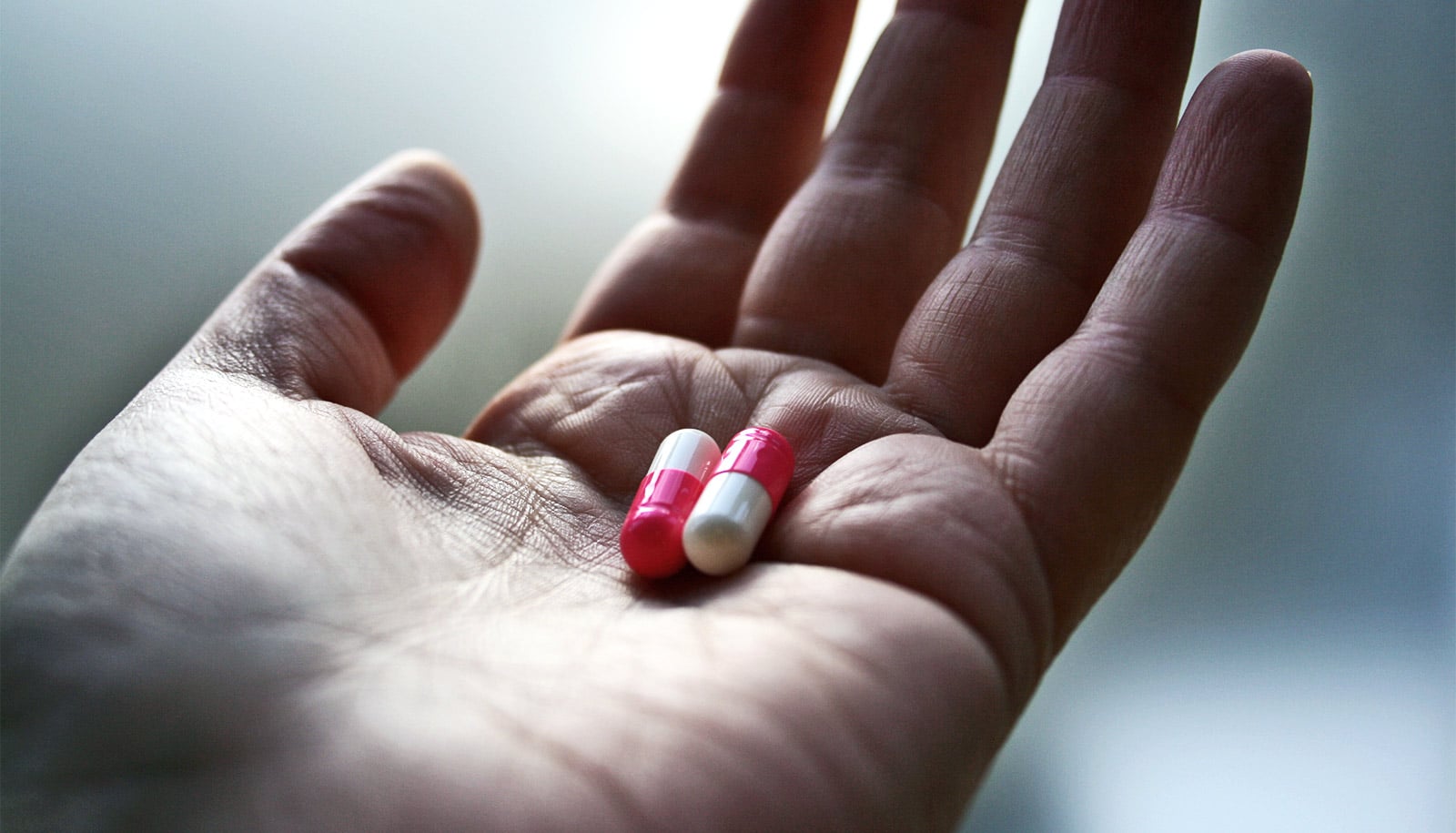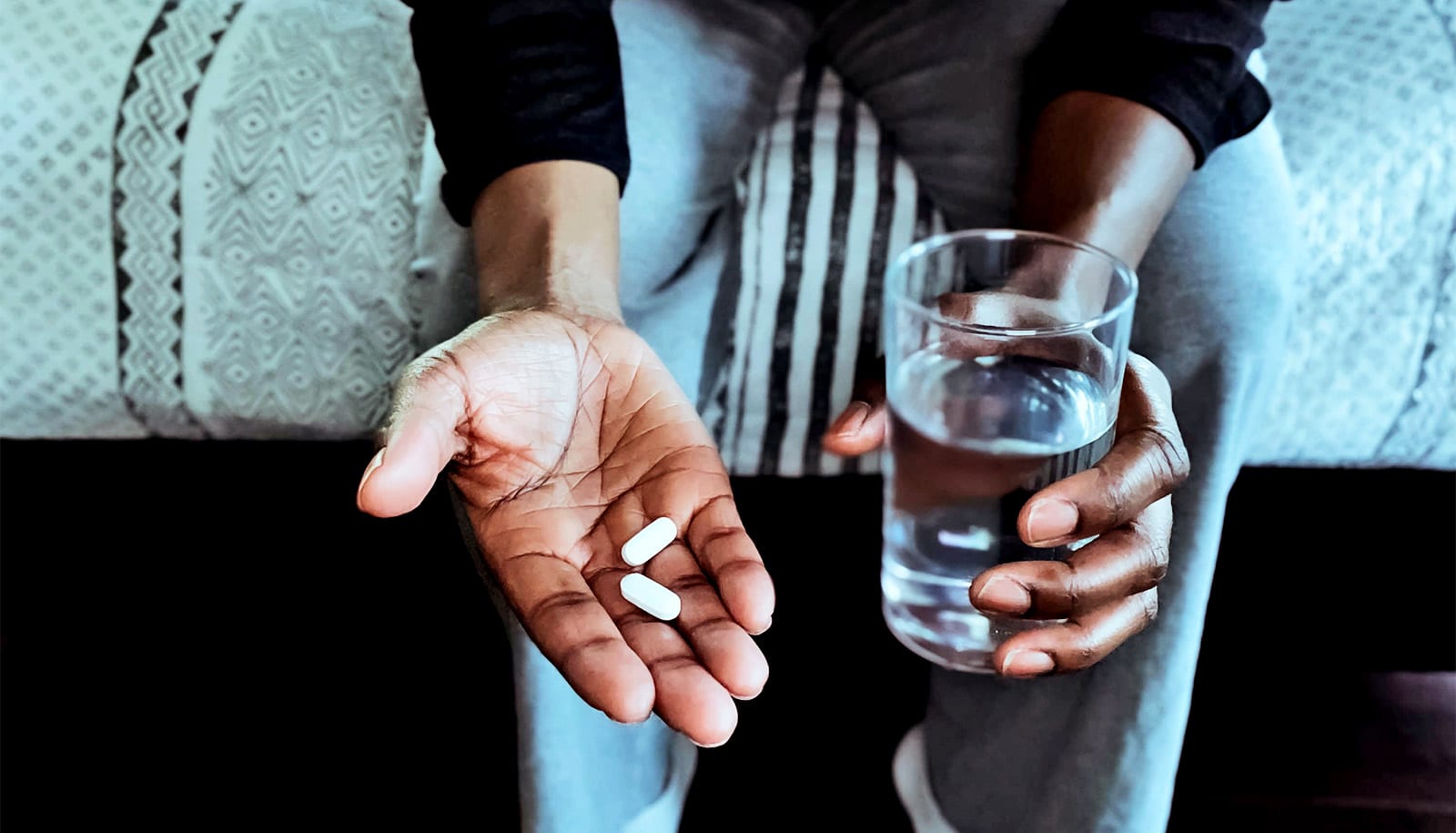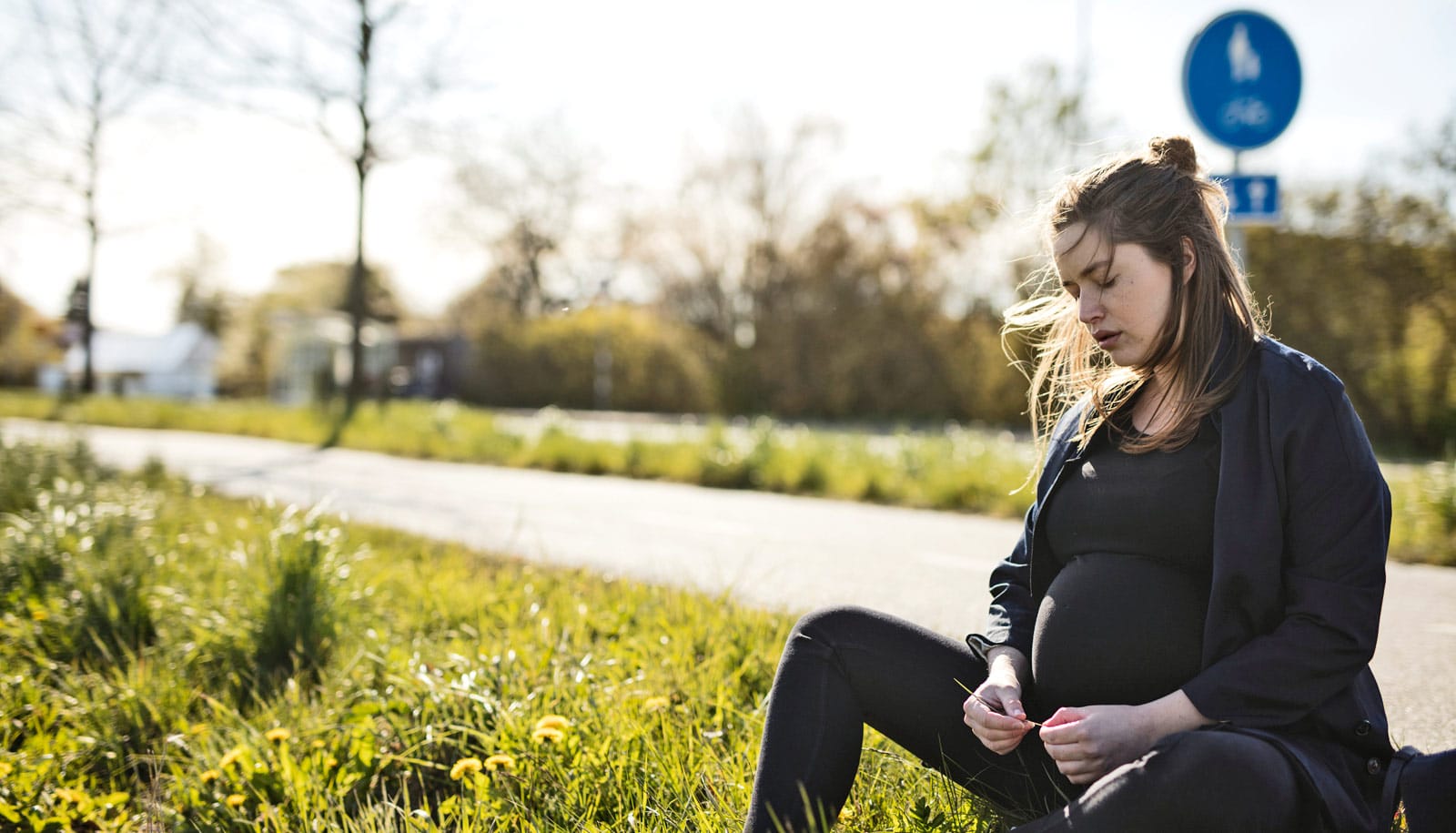Despite strong evidence that medication is the most effective treatment for opioid use disorder, adolescents and most adults who might benefit from treatment report no medication use, according to a new study.
Until now, national studies on medication for opioid use disorder (OUD) were lacking and little was known about individual-level characteristics. Among those who may have needed treatment for their opioid use, only 28% received medication for OUD.
The findings in JAMA Network Open, reveal critical gaps in treatment and use of medication for opioid use disorder—such as methadone, buprenorphine, or naltrexone—and highlight the need for increased efforts to address barriers to care.
Starting in 2020, the Substance Use-Disorder Prevention that Promotes Opioid Recovery and Treatment (SUPPORT) for Patients and Communities Act mandated that Medicaid cover all three US Food and Drug Administration–approved medications for OUD, including methadone in certified opioid treatment programs.
“Policies that expand insurance coverage for these medications are an important population-level strategy to potentially increase access to effective opioid use disorder treatment,” says senior author Hillary Samples, an assistant professor at the Rutgers University School of Public Health.
The study findings are based on data from the 2019 National Survey on Drug Use and Health in the US. Participants were community-based respondents, excluding people institutionalized or homeless and not in shelters.
The researchers identified adolescents and adults who might benefit from medication for OUD, including those who met criteria for a past-year opioid use disorder and those reporting past-year OUD treatment with medication or in specialty treatment settings.
The data showed that 57% received no treatment for the disorder, and 15% received only services without medication. Notably, adolescents (aged 12-17 years) did not receive medications for opioid use disorder (MOUD) in the past year and only 13% of adults 50 years and older received medication for the disorder.
Among adults, the likelihood of past-year MOUD receipt compared to no treatment was also lower for people ages 50 years or older versus for those 18 to 25 years of age.
“Our finding that a minority of adults and no adolescents received MOUD indicates substantial gaps in access,” says lead author Pia Mauro, an assistant professor at the Columbia University Mailman School of Public Health. “These results provide critical evidence to inform national efforts needed to increase equitable access to MOUD.”
Nearly one-third of non-Hispanic white people in need of OUD treatment received medication, compared with approximately 20% of people identifying as non-Hispanic Black or multiracial groups and 15% of Hispanic people. In contrast, roughly similar proportions of each racial and ethnic group received non-medication services, revealing potential disparities specifically in access to medication treatment among people of color.
Medication for OUD was lower among women, more likely among adults with at least some college, and less likely in small metropolitan areas versus large metropolitan areas.
While contacts with the health care system (85%) and criminal legal system (60.5%) were common, most people encountering these systems did not report receiving MOUD (29.5% and 39%, respectively).
“Our findings provide further evidence that investments are needed to increase MOUD prescribing and referrals in ambulatory settings,” Samples says.
Source: Rutgers University



